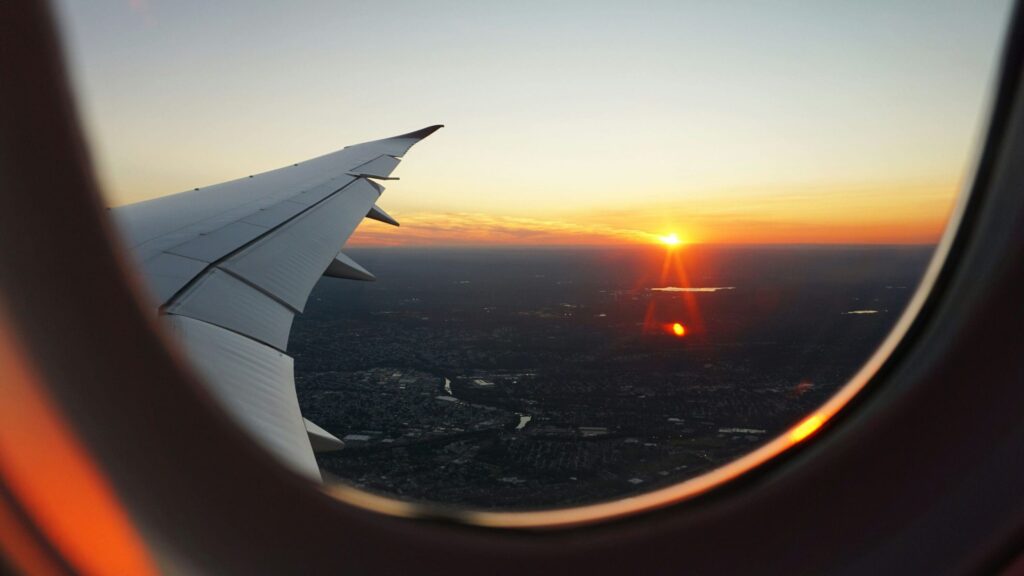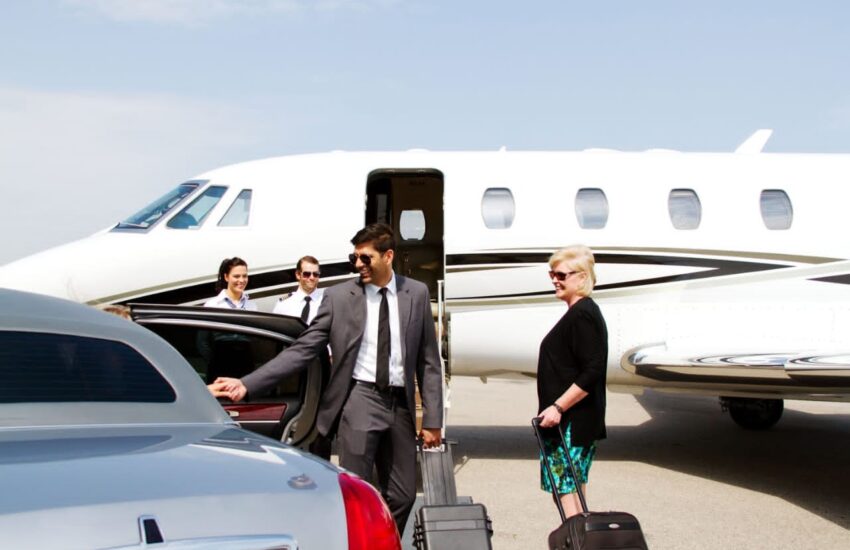There’s something fascinating about freedom, the views, the sheer thrill of defying gravity. But here’s the less glamorous truth I learned the hard way: what goes up must come down safely, and that safety net costs more than you’d think. When my friend, a weekend pilot, casually mentioned his Cessna’s insurance bill dwarfed his homeowners and auto policies combined, it hit me like turbulence at 30,000 feet. That’s when I realized aviation insurance isn’t just paperwork; it’s the parachute you hope to never need but can’t fly without.
What Aviation Insurance Really Covers Hint: It’s Not Just the Plane

Most people assume insuring an aircraft works like car insurance, pays a premium, gets coverage, done. Oh, how wrong they are. If you’re looking for the best aviation insurance coverage, here’s the reality: it’s a complex web of protections most general insurers won’t touch. Beyond basic hull coverage for your metal bird, there’s liability for when things go sideways literally, passenger injury clauses, and even war risk coverage for acts of terrorism. I made the rookie mistake once of assuming my business policy covered a chartered flight turns out aviation exclusions are buried in the fine print of most standard plans.
Why Premiums Make Pilots Sweat And Why They’re Worth It
Let’s talk numbers. The first time I saw a quote for a mid-size jet’s liability coverage, I choked on my coffee. But here’s the thing: when a single engine failure can lead to seven-figure lawsuits and grounded fleets, those premiums start looking like a bargain. The market’s brutal after major disasters, I’ve seen operators face 300% rate hikes overnight. One charter company owner told me through gritted teeth how his premium became his second-largest expense overnight after 9/11. Yet he paid it, because the alternative of flying naked, financially speaking, was unthinkable.
Matching Your Mission to the Right Policy
A Southwest 737 and a crop duster have about as much in common insurance-wise as a Prius and a monster truck. Commercial carriers need nuclear-level liability limits, we’re talking billions, while private owners often gamble with thin coverage to save cash until they learn the hard way that “cheap” insurance is the most expensive mistake they’ll ever make. Flight schools? Their policies read like horror movie scripts, covering everything from student-induced runway excursions to maintenance oversights.
The Broker Secret Every Smart Aviator Knows
Here’s my hard-earned advice: finding good aviation insurance is like finding a trustworthy mechanic. You want a specialist who speaks the language. Generic brokers will miss the quirks that make aviation risks unique. My go-to guy once saved me from a policy that excluded night flights which, for a business running sunset tours, would’ve been catastrophic. The right broker doesn’t just sell you a policy; they architect a safety net tailored to your exact altitude.
Final Approach: Don’t Learn This Lesson Mid-Crisis
The industry’s changing drones buzzing everywhere, electric planes rewriting the rules but one truth remains: flying without proper coverage isn’t bold, it’s reckless. Whether you’re a hobbyist or a haulage heavyweight, treat insurance like your pre-flight checklist: something you never, ever skip. Because in aviation, the only thing worse than a crash is realizing too late that you’re holding a worthless piece of paper when the investigators come calling.
References:
Federal Aviation Administration. “Aviation Insurance.” https://www.faa.gov/about/initiatives/risk_management/aviation_insurance
National Transportation Safety Board. “Aviation Accident Database & Synopses.” https://www.ntsb.gov/safety/data/Pages/aviation_stats.aspx
International Civil Aviation Organization. “Insurance for Aircraft Operations.” https://www.icao.int/sustainability/Pages/economic-policy.aspx

